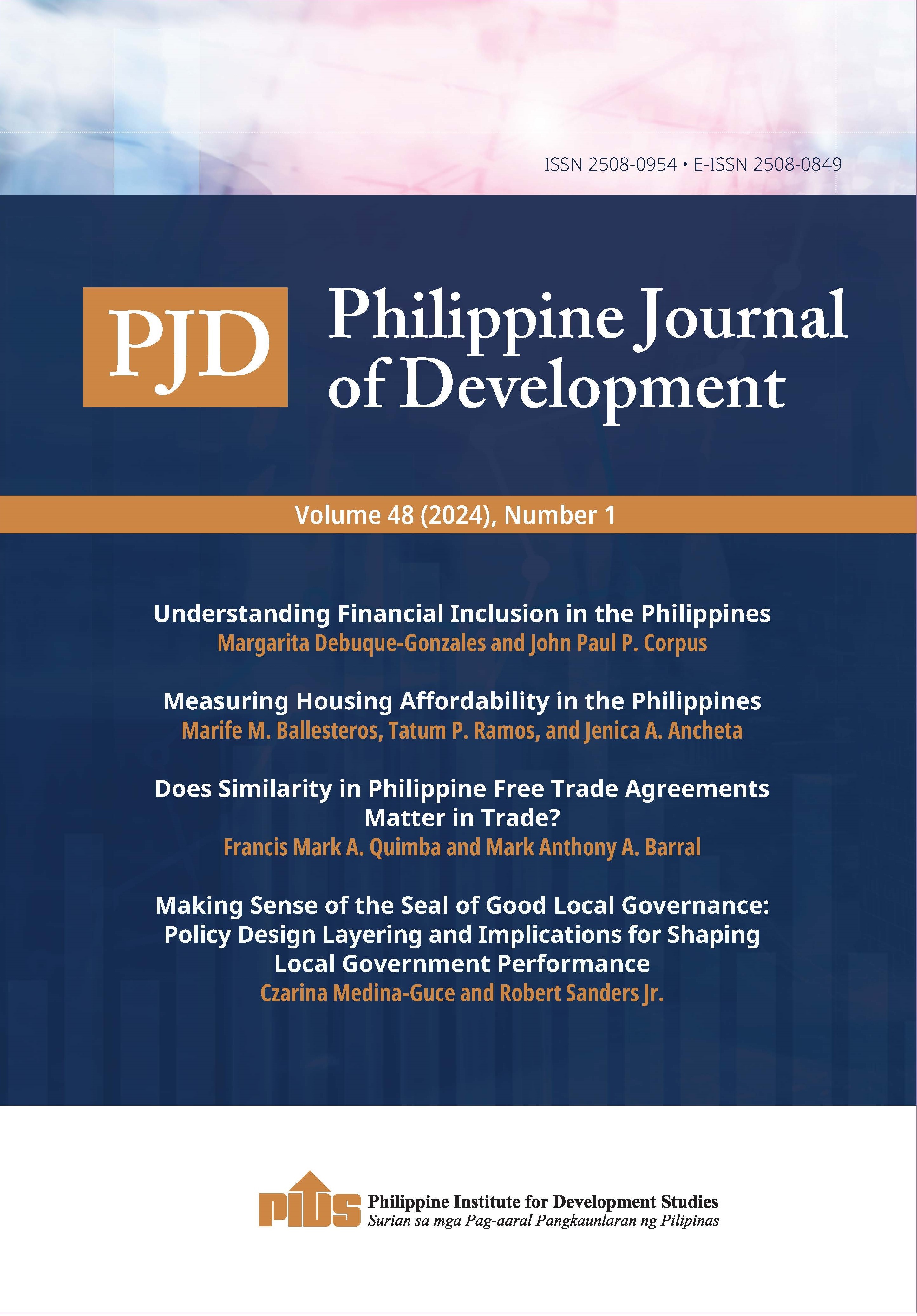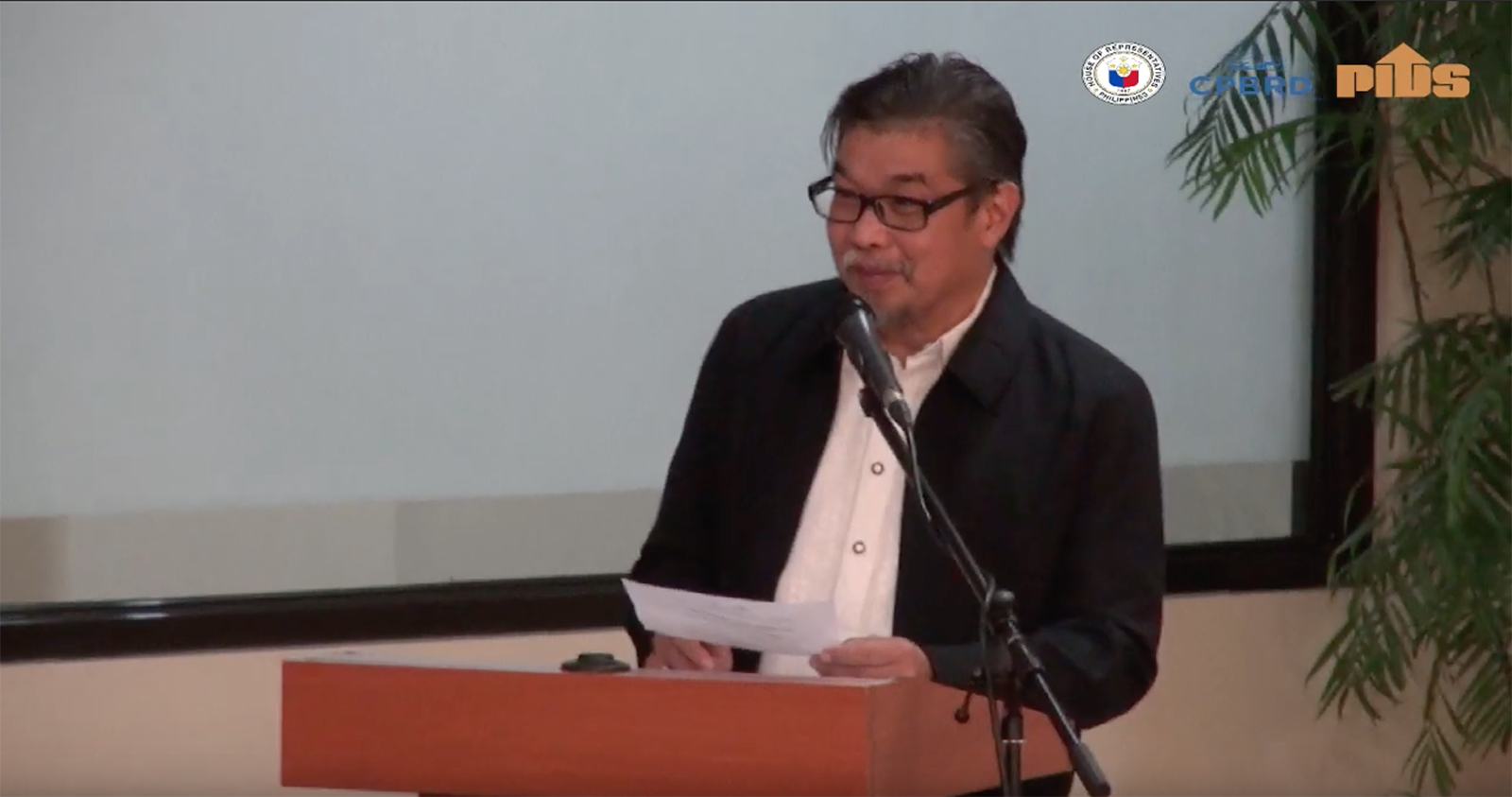I am often tempted to give up on our current generation of Filipino adults, as far as changing our country is concerned, and look to our children to do it. As a people, we simply have too many deeply ingrained bad habits that seem impossible to change within this generation—and I won’t even start listing some of those here, lest I never get to the main point of this column. We certainly should focus a great deal of effort and energy on the “successor generation,” our children and youth, who will run the country in the not-too-distant future.
The country’s salvation from the “hope of the fatherland,” as Jose Rizal once described them, would not come automatically. It is up to us adults to enable our successors to bring forth that hope. But this is where we have a major problem. Past and current trends lead us to an alarming prospect: We may be throwing that hope away given how we are failing to take care of our successor generation.
It should give us great worry, never mind embarrassment, that we were one of only few countries that failed to attain the Millennium Development Goals when the year of reckoning came last year. The MDGs comprised eight goals to be achieved by 2015, pledged to by world leaders back in 2000 in the historic UN Millennium Summit. These were eradicating extreme poverty and hunger, achieving universal primary education, eliminating gender disparities in education, reducing mortality rate of children under 5 years old, reducing maternal mortality, reversing the spread of deadly diseases like HIV/AIDS and malaria, ensuring environmental sustainability, and developing a global partnership for development. The goals translated into 18 measurable targets that countries, including the Philippines, consciously integrated into their national development plans and poverty reduction strategies. All goals bear on the welfare of our children and youth.
A study done several years ago by a team I led from Brain Trust Inc. for Unicef (United Nations Children’s Fund) drew up a “Provincial MDG Report Card” for the Philippines, and came up with a startling observation: We were not even tracking our MDG performance regularly and systematically, and whatever data we did have indicated that we were getting worse, not better, on certain key MDG targets.
The most disturbing observations from our report card concerned nutrition and school enrollment, both of which showed worsening trends. The patchy data on the proportion of underweight children showed it to have increased through the turn of the millennium. Remarkably, even the progressive province of Bulacan showed rising incidence of child malnutrition. The apparent explanation was the rapid influx of migrants into the province, lured by its bustling economy and improving social services, apart from its having been a favored relocation site for resettled squatters from the metropolis. Even as the province made strides to improve its social services, these were outstripped by rapidly rising demand due to such in-migration. The price of success, it seems, is even heavier challenges.
This is worrisome because studies have long established a clear link between child malnutrition and inferior school performance and intellectual ability among young children. Worse, the problem is occurring right at the most critical years of the children’s intellectual development. Unless we act decisively, we risk throwing away an entire generation of Filipinos to intellectual mediocrity, if not inferiority, by sheer failure to feed them adequately. And with that goes our hope in the successor generation.
The other disturbing trend in the report card was falling net enrollment ratios in most provinces. This has since turned around, thanks in large measure to our conditional cash transfer program known as the Pantawid Pamilyang Pilipino Program or 4Ps, which impelled our poor families to keep their children in school. On gender parity, our problem is actually the reverse of that elsewhere: Girls outnumber boys in our schools by a ratio of as much as 1.6 to 1 in some provinces. But having large numbers of Filipino boys out of school is just as alarming as having too many girls deprived of schooling in South Asia and Africa.
The Department of Education has tried to address the malnutrition problem among public school children, albeit at a much limited scale, since at least 1997, when it launched the Food for Education program—a breakfast feeding program to address short-term hunger among public school children. It has since evolved into the School-Based Feeding Program (SBFP), begun in 2010, that provides free lunch for 120 days to severely wasted grade-school pupils (i.e., those whose weight-to-height ratio falls far below the average). This school year, it targets to feed 532,752 pupils identified as severely wasted nationwide, and about half of the 1.3 million pupils identified as wasted.
A recent impact evaluation by the Philippine Institute for Development Studies showed that while the SBFP has been helpful, less than two-thirds of the beneficiaries achieve normal nutrition status at the end of the program. Furthermore, the nutritional gains are not sustained for many beneficiaries 12 months or more after the feeding program. There’s a clear need to do much more, and the onus should not fall on the government alone. The program can benefit from much stronger involvement of private business, parents and communities, in an effort that amounts to a tangible investment in our very future as a nation.
Clearly, here is one case where free lunches can truly go a long way.//
cielito.habito@gmail.com
The country’s salvation from the “hope of the fatherland,” as Jose Rizal once described them, would not come automatically. It is up to us adults to enable our successors to bring forth that hope. But this is where we have a major problem. Past and current trends lead us to an alarming prospect: We may be throwing that hope away given how we are failing to take care of our successor generation.
It should give us great worry, never mind embarrassment, that we were one of only few countries that failed to attain the Millennium Development Goals when the year of reckoning came last year. The MDGs comprised eight goals to be achieved by 2015, pledged to by world leaders back in 2000 in the historic UN Millennium Summit. These were eradicating extreme poverty and hunger, achieving universal primary education, eliminating gender disparities in education, reducing mortality rate of children under 5 years old, reducing maternal mortality, reversing the spread of deadly diseases like HIV/AIDS and malaria, ensuring environmental sustainability, and developing a global partnership for development. The goals translated into 18 measurable targets that countries, including the Philippines, consciously integrated into their national development plans and poverty reduction strategies. All goals bear on the welfare of our children and youth.
A study done several years ago by a team I led from Brain Trust Inc. for Unicef (United Nations Children’s Fund) drew up a “Provincial MDG Report Card” for the Philippines, and came up with a startling observation: We were not even tracking our MDG performance regularly and systematically, and whatever data we did have indicated that we were getting worse, not better, on certain key MDG targets.
The most disturbing observations from our report card concerned nutrition and school enrollment, both of which showed worsening trends. The patchy data on the proportion of underweight children showed it to have increased through the turn of the millennium. Remarkably, even the progressive province of Bulacan showed rising incidence of child malnutrition. The apparent explanation was the rapid influx of migrants into the province, lured by its bustling economy and improving social services, apart from its having been a favored relocation site for resettled squatters from the metropolis. Even as the province made strides to improve its social services, these were outstripped by rapidly rising demand due to such in-migration. The price of success, it seems, is even heavier challenges.
This is worrisome because studies have long established a clear link between child malnutrition and inferior school performance and intellectual ability among young children. Worse, the problem is occurring right at the most critical years of the children’s intellectual development. Unless we act decisively, we risk throwing away an entire generation of Filipinos to intellectual mediocrity, if not inferiority, by sheer failure to feed them adequately. And with that goes our hope in the successor generation.
The other disturbing trend in the report card was falling net enrollment ratios in most provinces. This has since turned around, thanks in large measure to our conditional cash transfer program known as the Pantawid Pamilyang Pilipino Program or 4Ps, which impelled our poor families to keep their children in school. On gender parity, our problem is actually the reverse of that elsewhere: Girls outnumber boys in our schools by a ratio of as much as 1.6 to 1 in some provinces. But having large numbers of Filipino boys out of school is just as alarming as having too many girls deprived of schooling in South Asia and Africa.
The Department of Education has tried to address the malnutrition problem among public school children, albeit at a much limited scale, since at least 1997, when it launched the Food for Education program—a breakfast feeding program to address short-term hunger among public school children. It has since evolved into the School-Based Feeding Program (SBFP), begun in 2010, that provides free lunch for 120 days to severely wasted grade-school pupils (i.e., those whose weight-to-height ratio falls far below the average). This school year, it targets to feed 532,752 pupils identified as severely wasted nationwide, and about half of the 1.3 million pupils identified as wasted.
A recent impact evaluation by the Philippine Institute for Development Studies showed that while the SBFP has been helpful, less than two-thirds of the beneficiaries achieve normal nutrition status at the end of the program. Furthermore, the nutritional gains are not sustained for many beneficiaries 12 months or more after the feeding program. There’s a clear need to do much more, and the onus should not fall on the government alone. The program can benefit from much stronger involvement of private business, parents and communities, in an effort that amounts to a tangible investment in our very future as a nation.
Clearly, here is one case where free lunches can truly go a long way.//
cielito.habito@gmail.com







